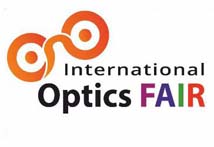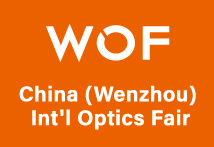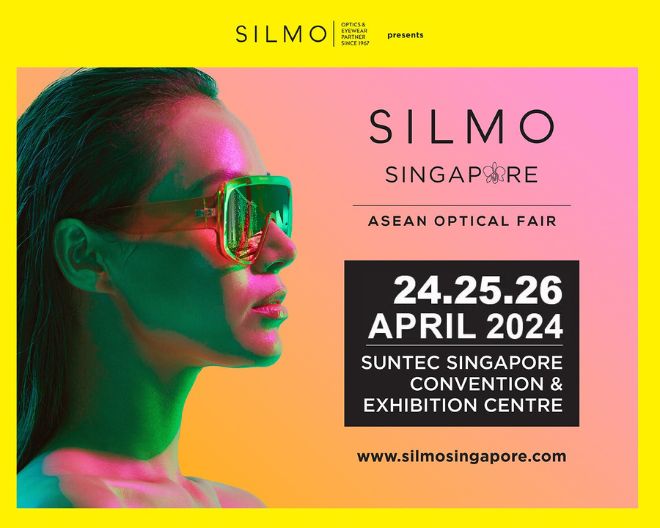Impact Of Vision Therapy on Autism Spectrum Disorder
2.jpg)
Article By:- Jyotsana Sharma, B.Optom, Optometrist & Vision therapist in Iris Vision Care
Abstract
Autism is a neurodevelopmental disability where we see impairments in social, communication and cognitive skills. The disorder also includes limited and repetitive patterns of behavior (Echolalia). The etiology of ASD remains unknown. Strong preponderance in males and twin studies point to strong genetic component to condition. Complex inheritance pattern and possible genetic mutations can combine with environmental factors to yield varying expressions of ASD. Children with ASD are at high risk for vision problems, which may compound core social and behavioral symptoms if untreated. Various components which may be affected include may be higher visual functions, refractive error’s, incidence of strabismus, which is more, contrast sensitivity which could be affected as well as ocular motor dysfunction. ASD are characterized as having problems with processing global information. More than 50%of children with ASD are found to have oculomotor dysfunction, visual disturbances such as significant refractive error, strabismus, and amblyopia. Those with ASD also have difficulty linking to another person’s eye, they cannot use the cue of where another person is looking as an indicator of where the person’s interest is directed.
To summarize, difficulties with social interactions, can manifest in following ways:
- Poor eye contact
- Difficulties forming and sustaining friendships.
- Difficulties with social and emotional responsiveness.
 |
CASE REPORT
A child aged 5 years 6 months from Karnataka, presented with known case of autism to our vision therapy clinic in 2022 for a developmental vision exam accompanied by his parents. The child was found to have mild to moderate autism as indicated by a score of 78 on childhood autism rating scale. His mother reported concerns related to poor fixation, poor eye contact, poor attention spans as well as alternating deviation of eyes. Child was born with a non-consanguineous marriage via C-section. Overall milestone was up to date except delayed speech, vaccination up to date. The child undergoes OT, SPLP and behavioral therapies since 1 year. He was under special school since 1 year and fond of some colors and shapes. His general health was normal. On examination, the visual acuity was (6/12p) in OD and (6/6p)in OS. A final prescription, determined objectively was (OD) +1.50/-1.50*180(6/12) . (OS):+1.50/-1.50*180(6/6P) with N6 @ 40cm(OU). Anterior and posterior segment findings were within normal limits and ocular motility was full, free and painless in all gazes, His pursuit and saccadic movement assessed by (NSUCO) showed a score below five in all parameters with head and body movement. The cover test shows AXT for both distance and near. His near point of convergence was 10/15 cm with objectively receding on repeated testing. The monocular estimation method which is used to check accommodative response was +0.25D.Supression was noted in all distance.
Perceptual deficits are found in following areas:
- Oculomotor skills: Poor with large head and body movement present.
- Both visual spatial skills and visual perception couldn’t perform due to poor
- cooperation and poor understanding.
IMPRESSION
- Oculomotor Dysfunction
- Convergence Insufficiency
- Visual perception deficits
- Poor (Visual spatial skills)
TREATMENT PLAN
Vision therapy was recommended for the child weekly twice basis that comprised of activities which helps the development of visual spatial skills, visual motor integration and visual perception as well.
 |
 |
Vision Therapy activities (With BO yoke prism)
| Marsden ball(pursuits & introduced R/L concept) |
Fixating a Marsden ball withstanding position and then following the ball, catching and tapping. |
| Lacing round |
Finding the holes on the board and inserting the lace on holes accordingly. |
| Eye movement with puppets (Manual) | Following and fixating at the puppets (Pursuits- both clockwise and anticlockwise) |
| 4 corner saccades |
Read the first letter on the first line from each square, then the second letter from each square. |
| Peg board (R/L CONCEPT) | Following hole in slow rotation and then putting pegs. |
| SVI |
Rotator module, clockwise/anticlockwise and gradually increasing speed |
| Walking on rail with rings | Patient has to maintain rhythmic balance and has to walk heel to toe on rail beam. |
| Shapes, Parquetry blocks | Uses different shapes square, triangle, diamond and patient has to match the same patterns. |
| GrolierBook | Contains colors and shapes matching, mathematical calculation, counting, matching the picture, arts and crafts |
| Puzzles and parquetry blocks |
Uses different shapes square, triangle, diamond, and patient has to match the same patterns |
| Balance board with VMC Stick |
Standing on the balance board and slowly lean on the front and tapping Marsden ball with VMC stick. |
| VP(Non motor perception) | Ability to improve VD,VM,VSR,VFG,VFC |
Impact of therapy pre and post clinical findings
| Pre-vison therapy | Post vision therapy | |
| Fixation | 3 sec | 8-10 sec |
| NSUCO pursuit Age equivalent |
Ability :2 Accuracy :0 Head movement :4 Body movement:4 |
Ability :4 Accuracy :3 Head movement :3 Body movement:4 |
|
NSUCO saccade Age equivalent |
Ability :3 Accuracy :0 Head movement :3 Body movement :4 |
Ability :4 Accuracy :3 Head movement :3 Body movement:4 |
| Visual spatial skills | Not able to perform | Not age appropriate |
| Visual discrimination | Raw score : 11 Age equivalent :7-4 |
| Visual memory | Raw score :9 Age equivalent :6-2 |
| Visual Spatial relationship | Raw score :3 Age equivalent :4-1 |
| Visual form constancy | Raw score:10 Age equivalent : 7-5 |
| Visual sequential memory | Raw score: 7 Age equivalent :5-10 |
| Visual figure ground | Raw score : 9 Age equivalent :6-7 |
| Visual closure | Raw score : 9 Age equivalent :7-2 |
After 12 months of in-office therapy improvement has been noted in all parameters. He had improved visual spatial skills comparatively to before but still it was not age appropriate. He was advised to continue in office therapy to work on vergence parameters as well.
CONCLUSION
This case report shows how a vision therapy program can help a child with ASD with visual functions and also help with improving their overall quality of life.
REFERENCE
- National institute of health Ann Katrin Sauer, Janelle E. Stanton, Sakshi Hans, and Andreas M. Grabrucker.
- Developing ocular motor and visual perceptual skills –KENNETH A lane
- American academy of ophthalmology
- KENNETH W.WRIGHT –Opthalmology and strabismus
- Mitchell Scheiman –Clinical management of binocular vision.

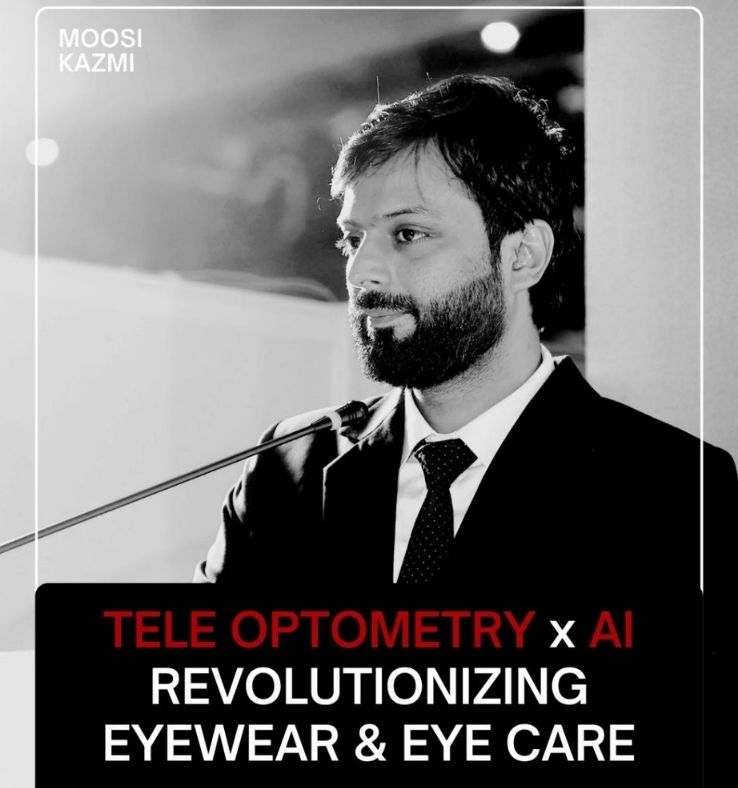
.jpg)
.jpg)
.jpg)
.jpg)
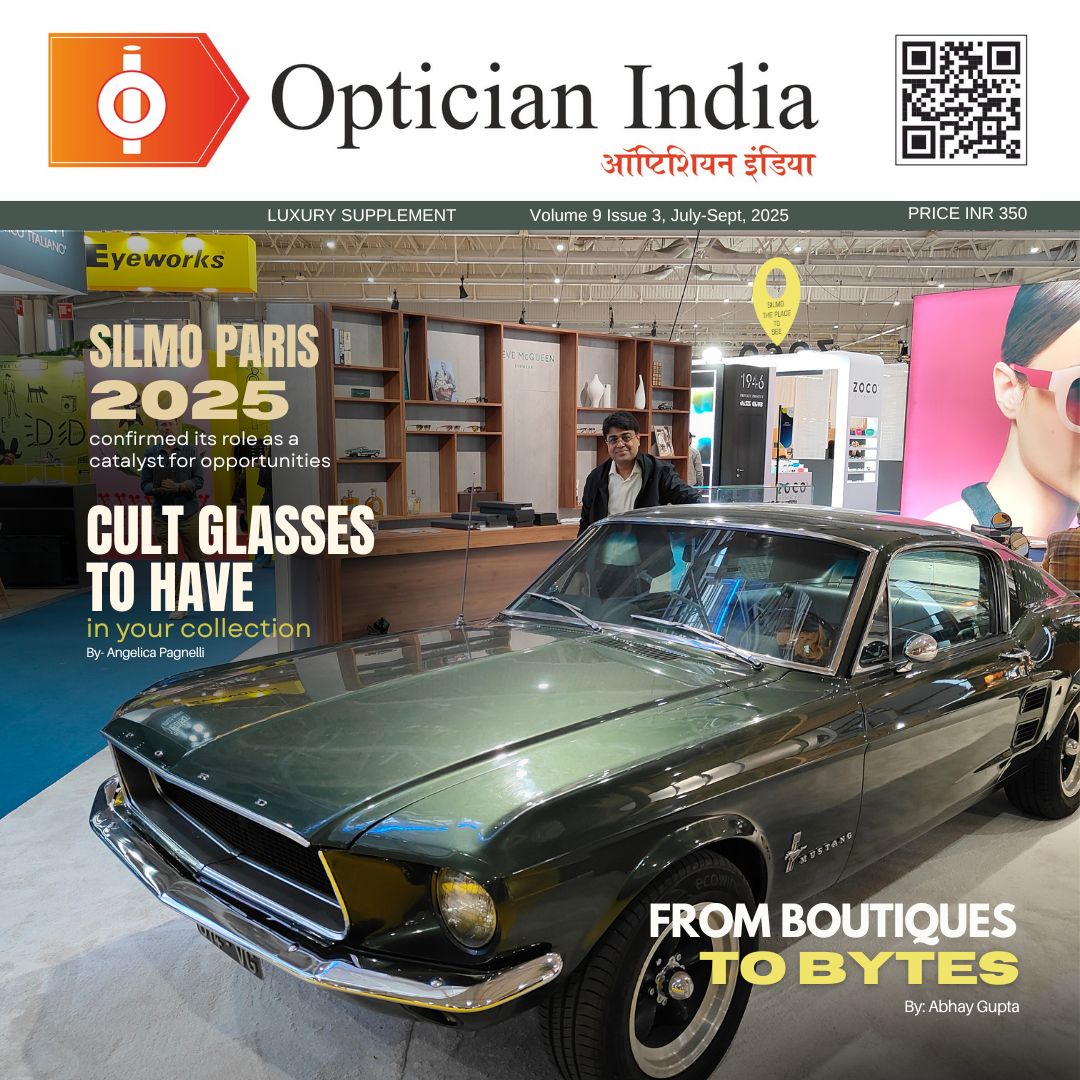

1.jpg)
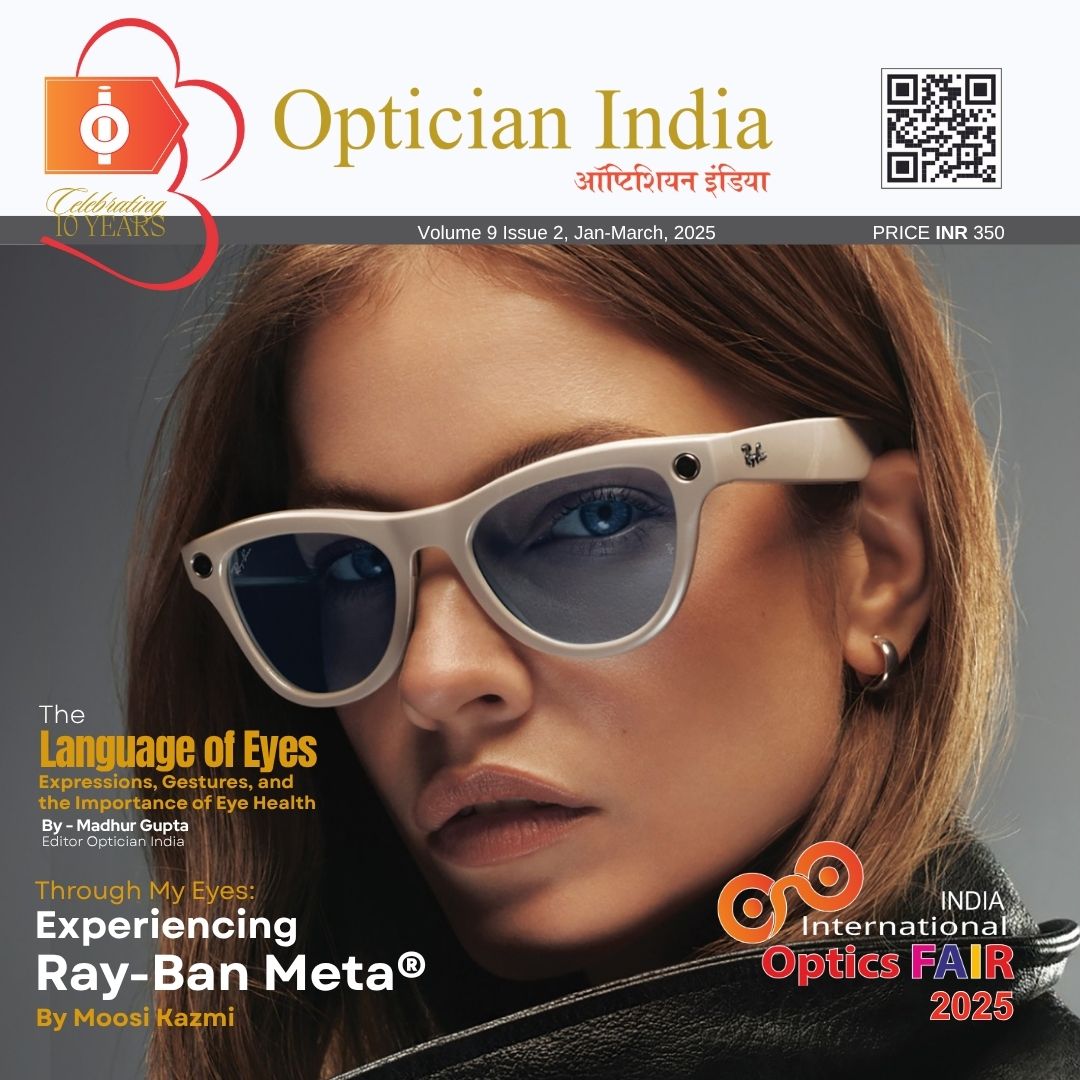


.jpg)
.jpg)

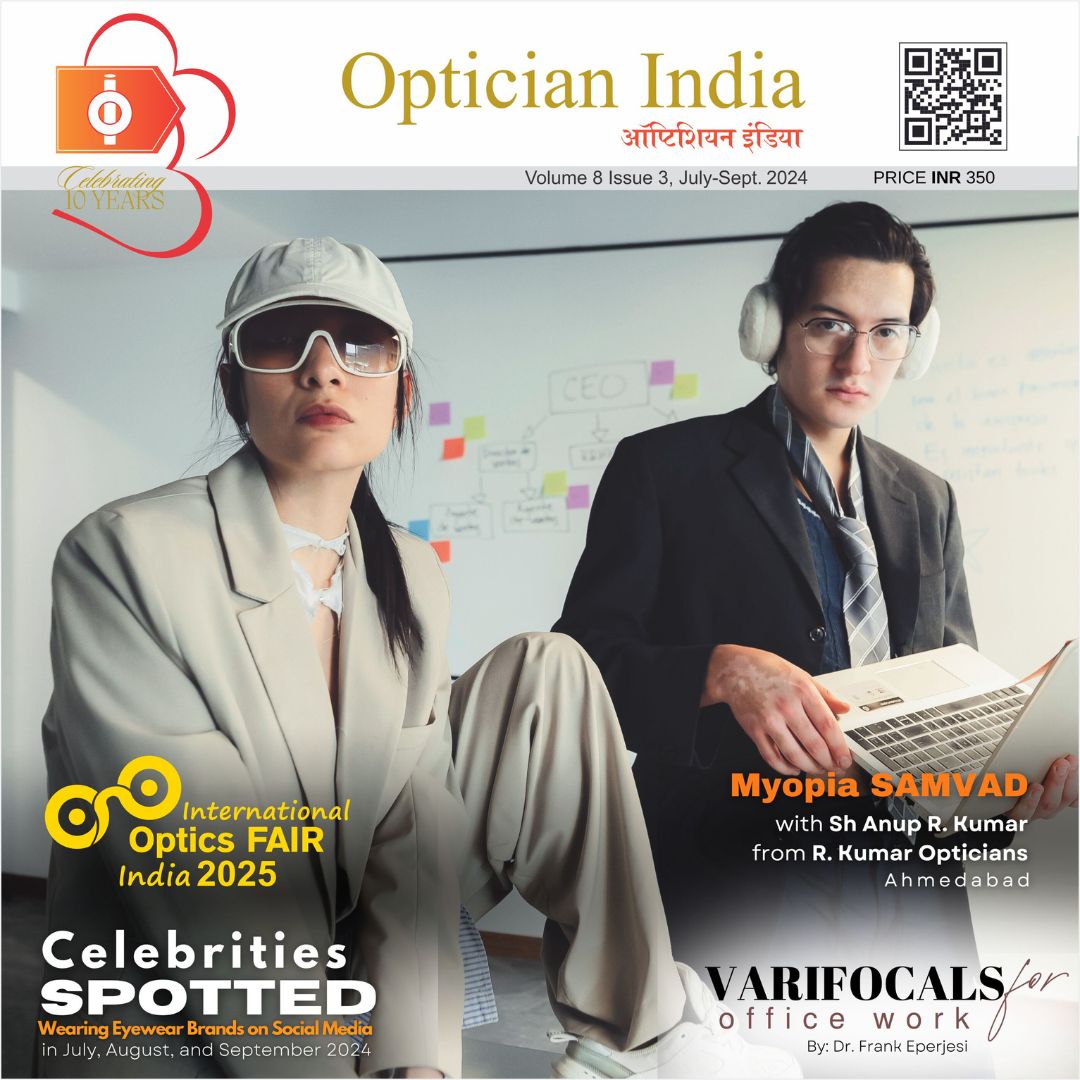

_(Instagram_Post).jpg)
.jpg)
_(1080_x_1080_px).jpg)
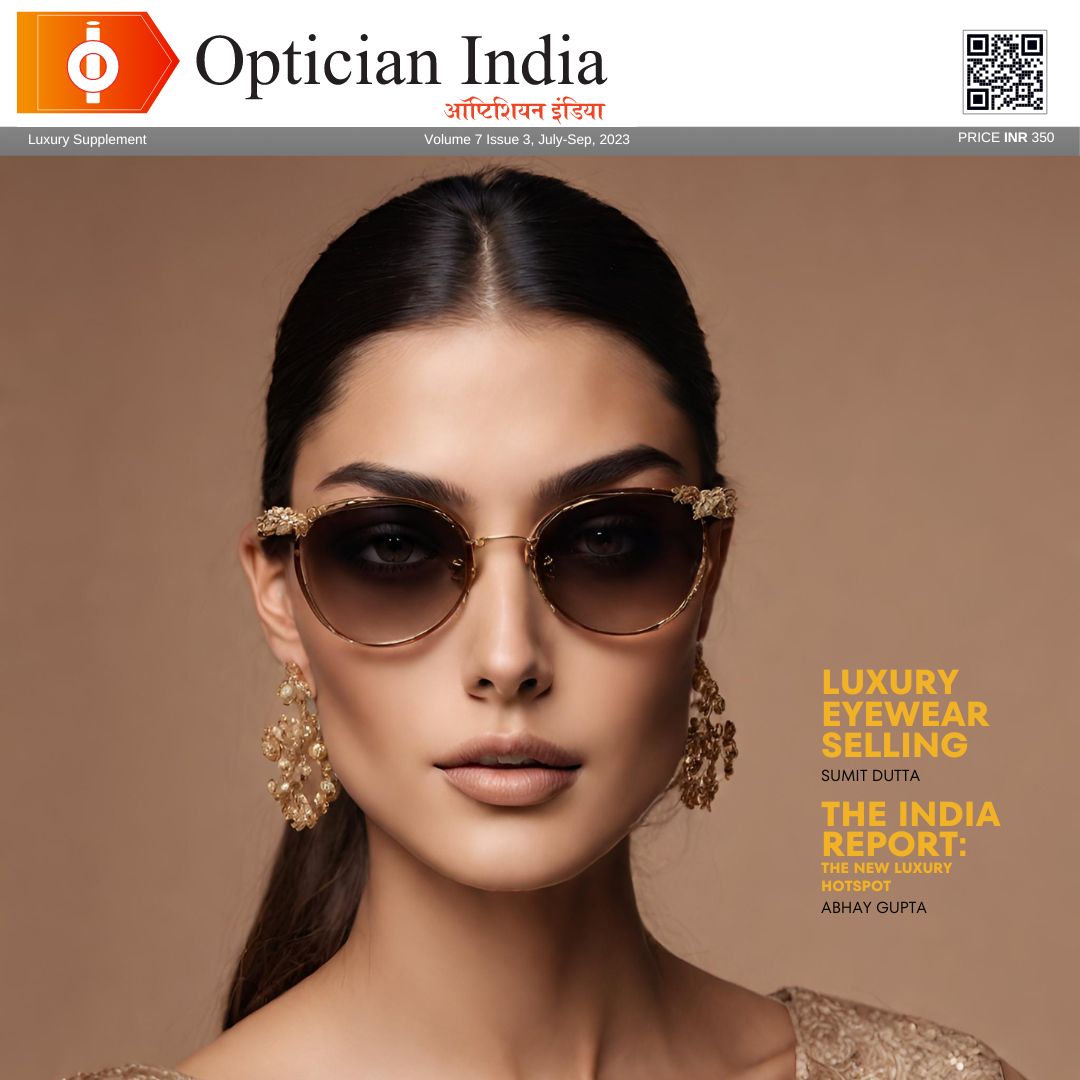

with_UP_Cabinet_Minister_Sh_Nand_Gopal_Gupta_at_OpticsFair_demonstrating_Refraction.jpg)
with_UP_Cabinet_Minister_Sh_Nand_Gopal_Gupta_at_OpticsFair_demonstrating_Refraction_(1).jpg)

.jpg)
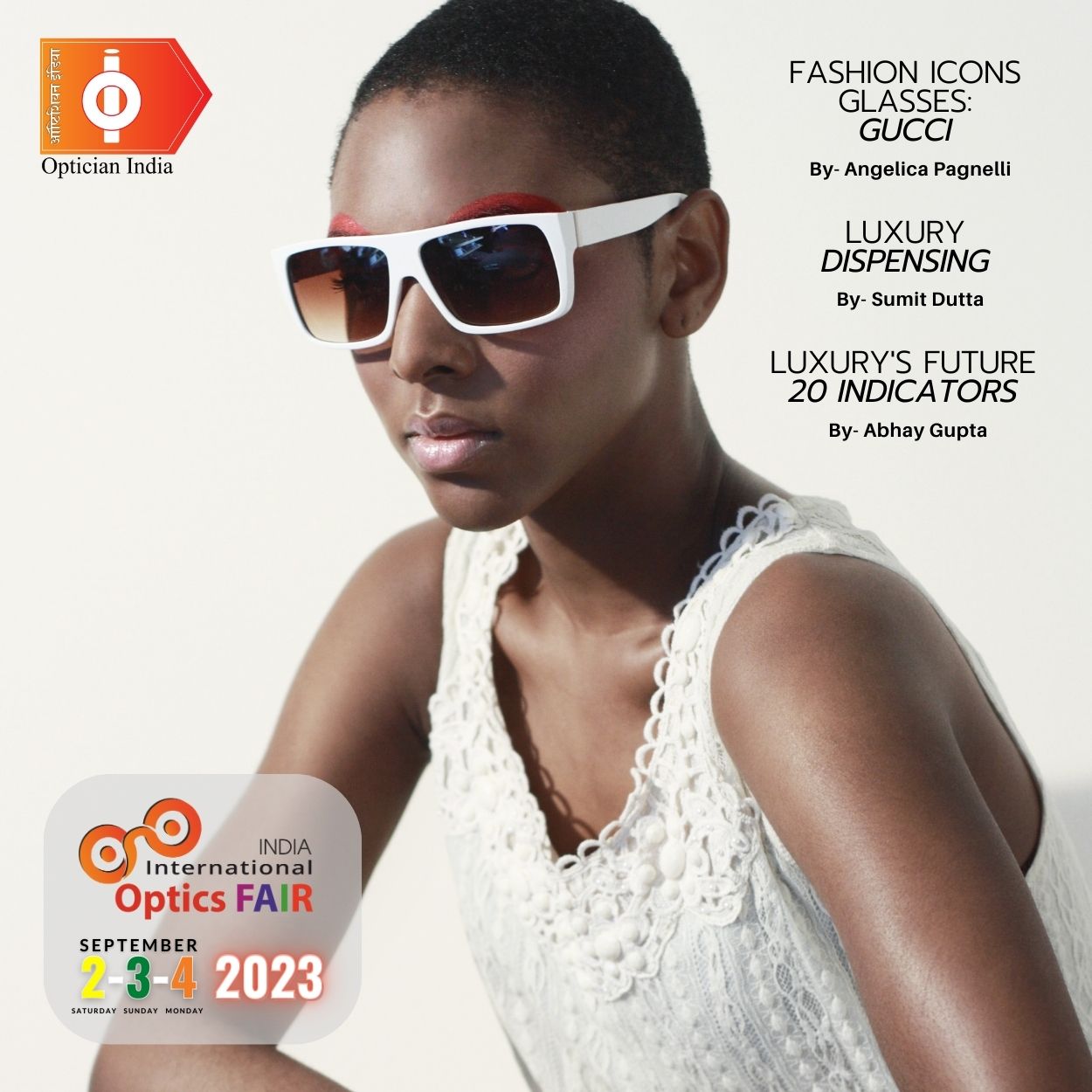


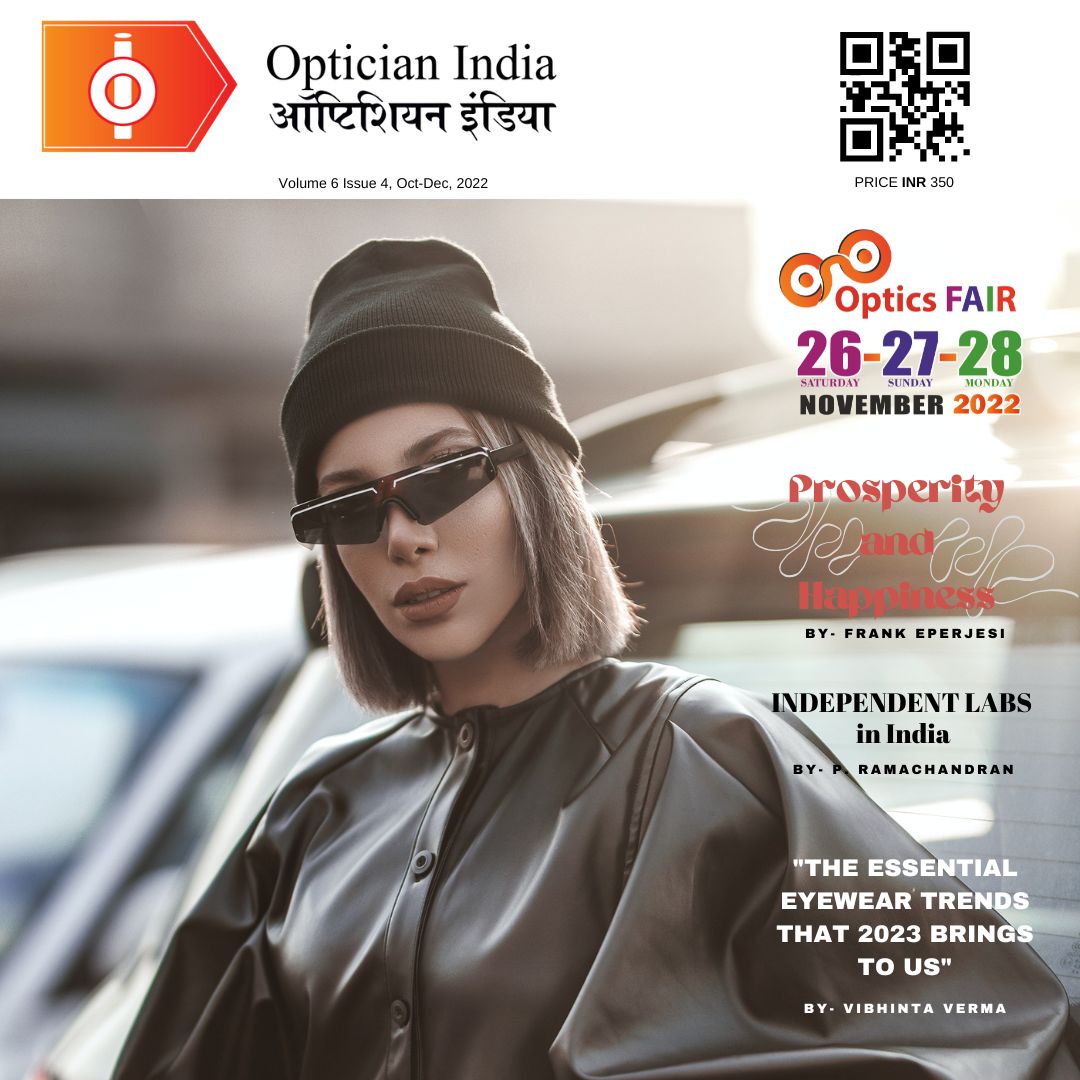

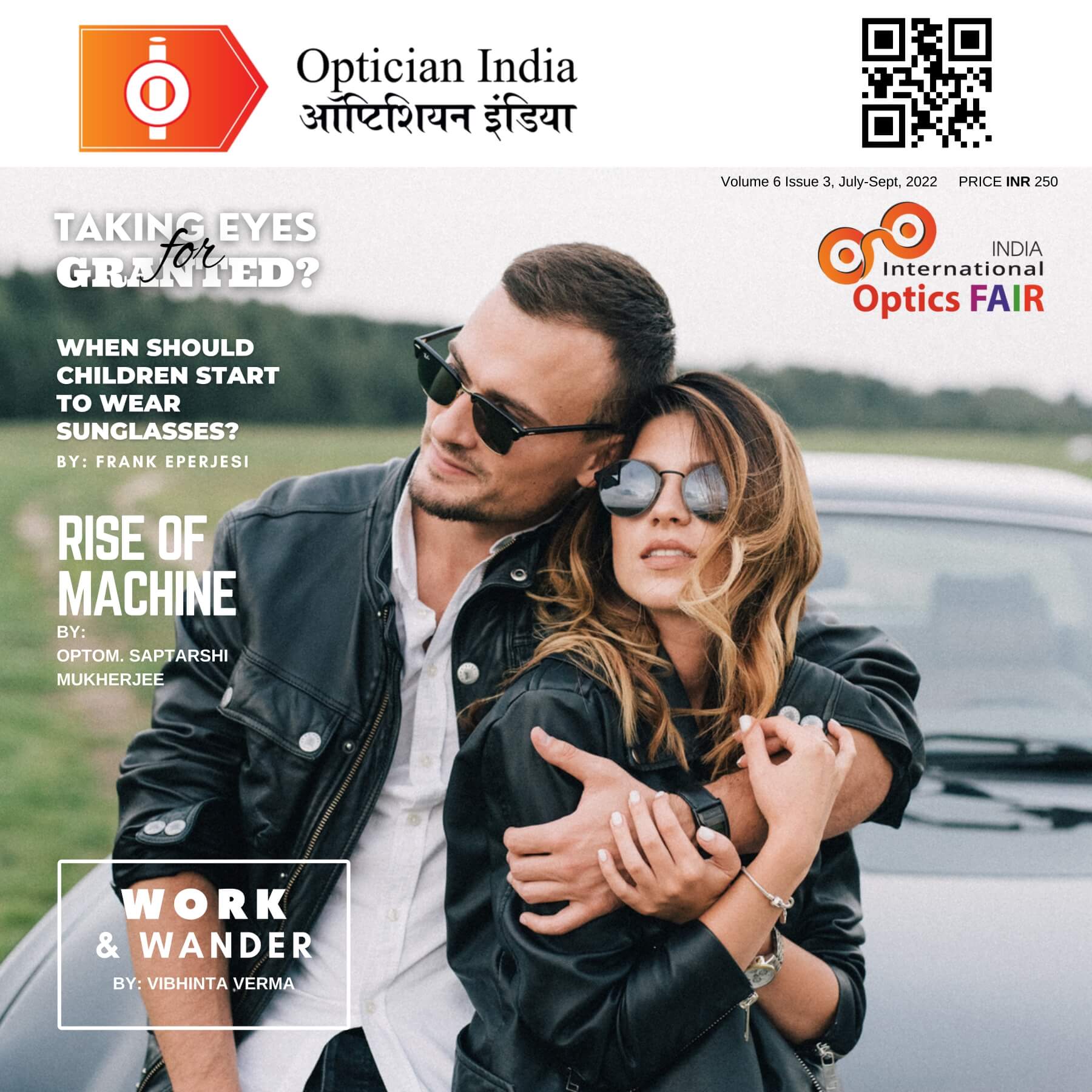
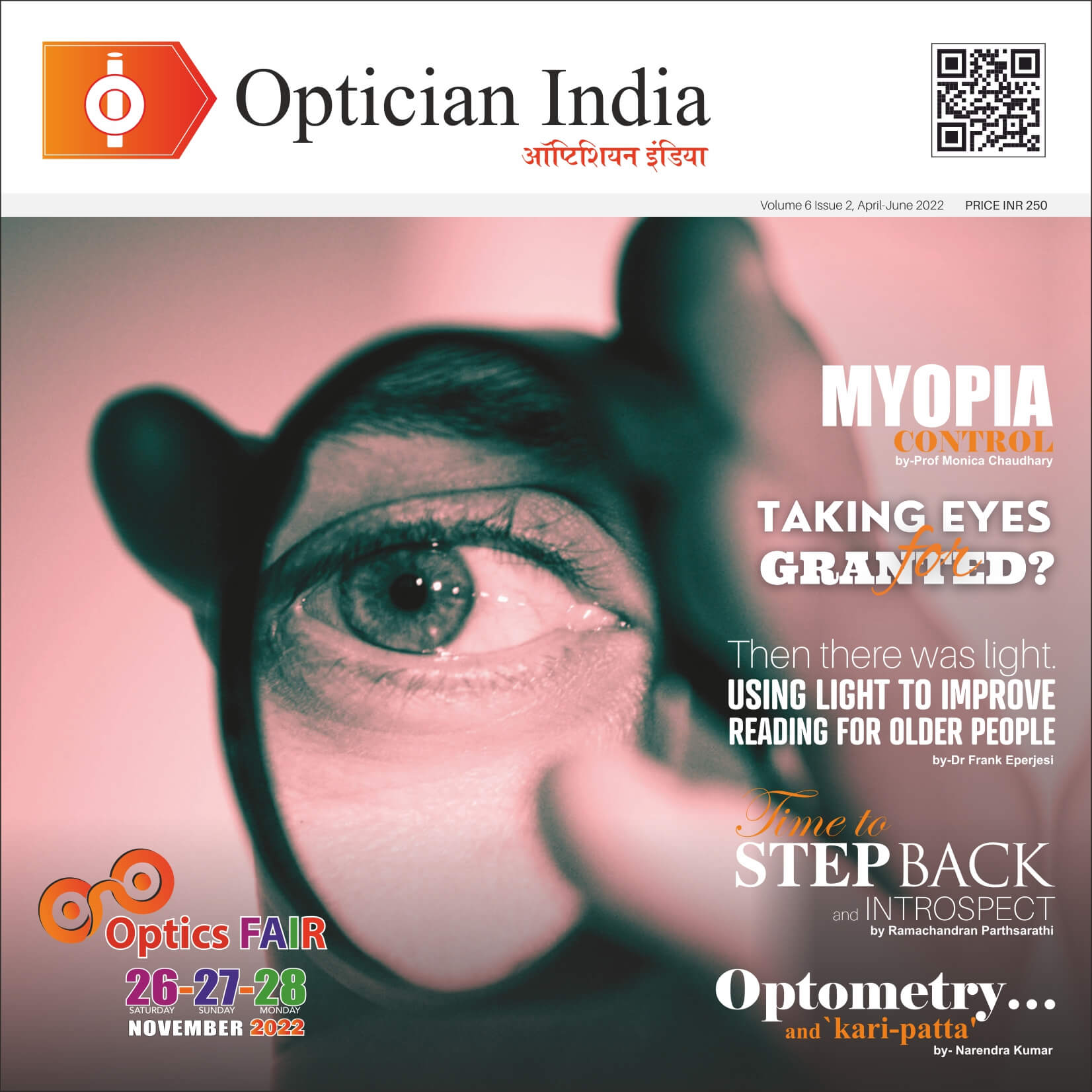
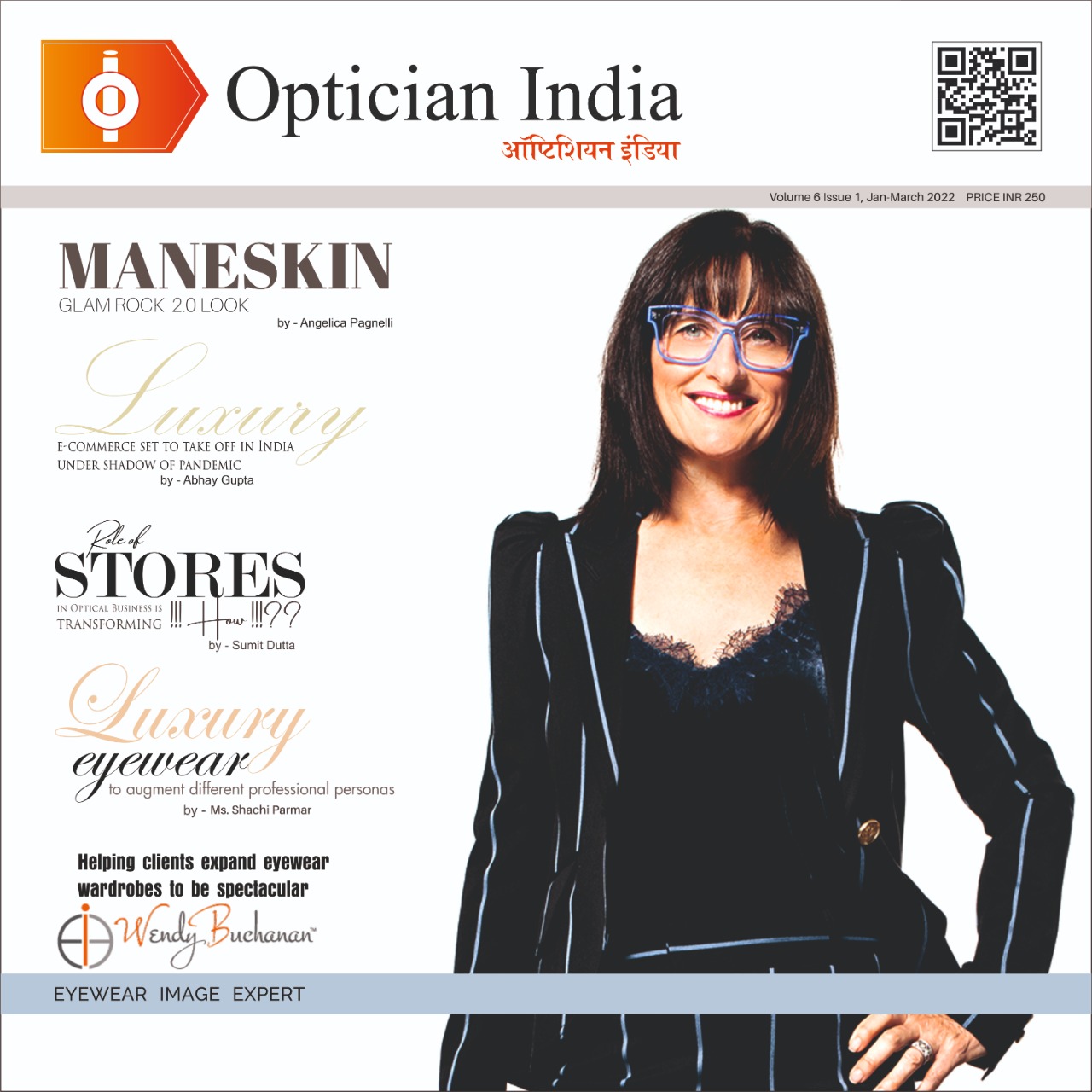
.jpg)
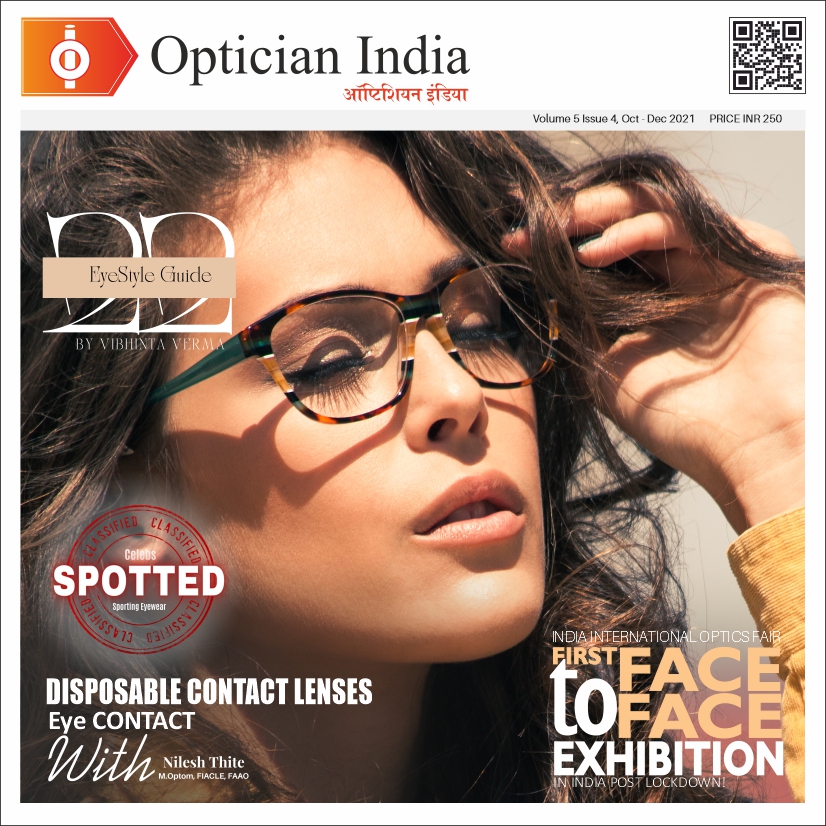
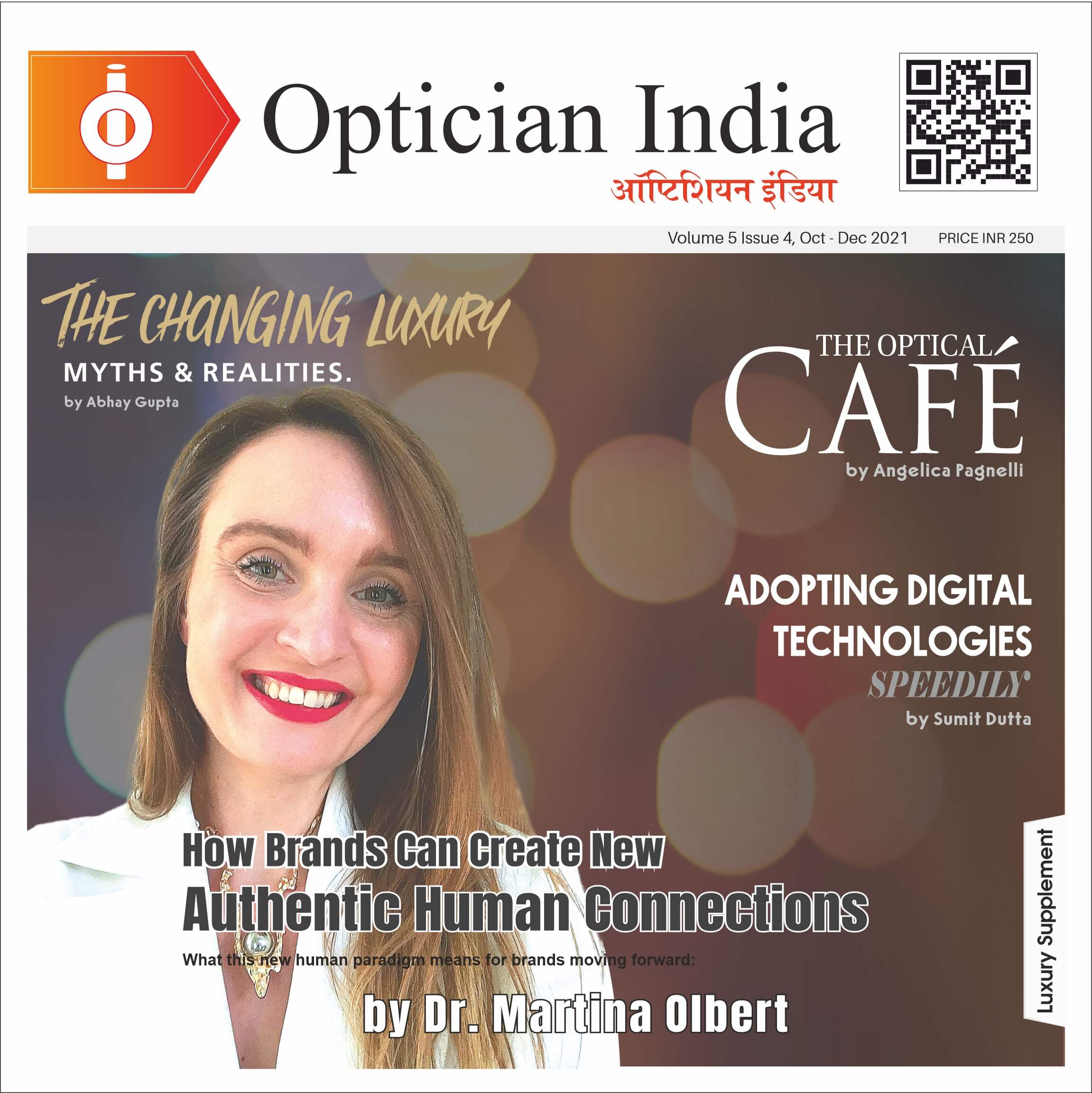
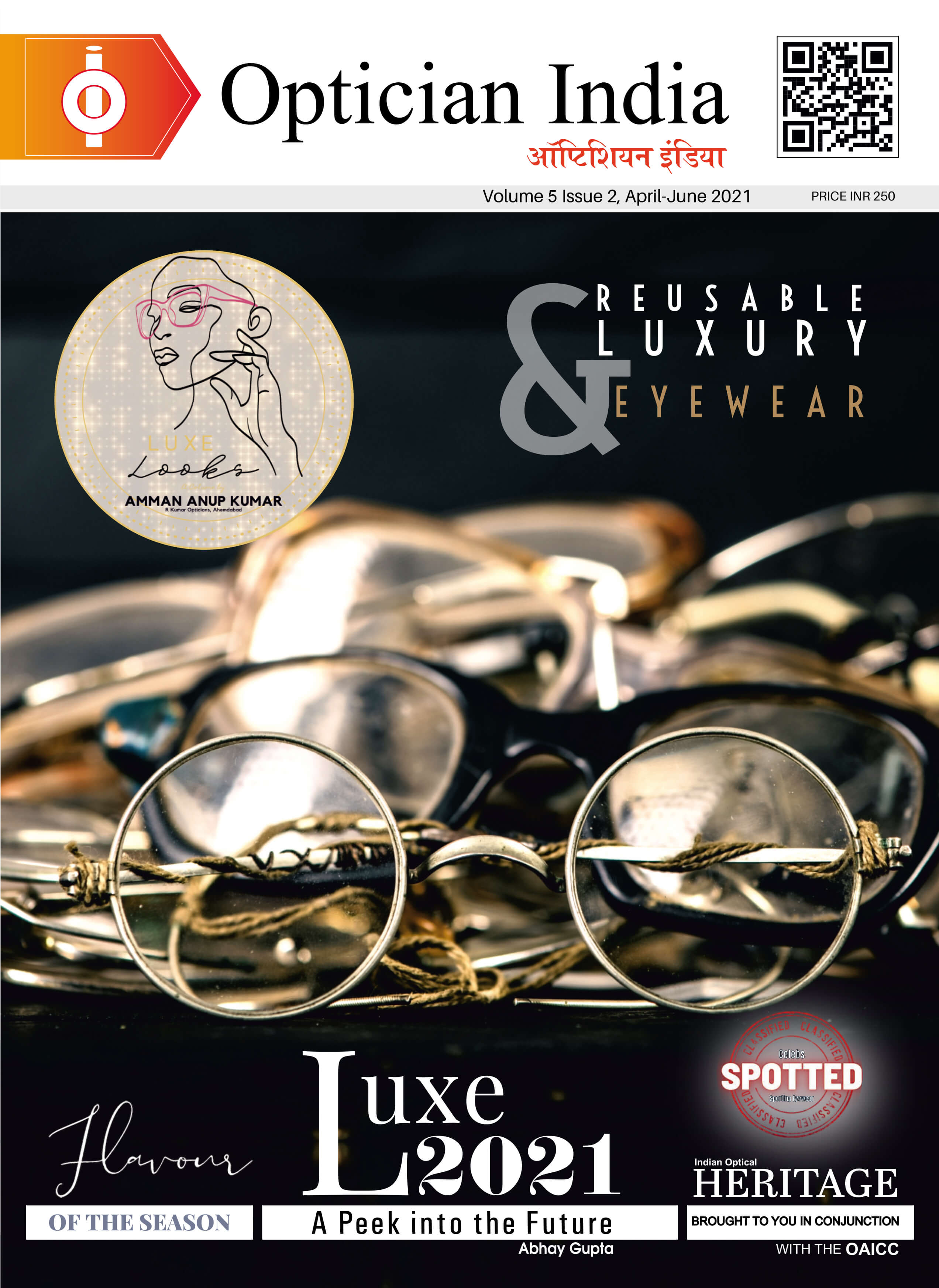
.png)
